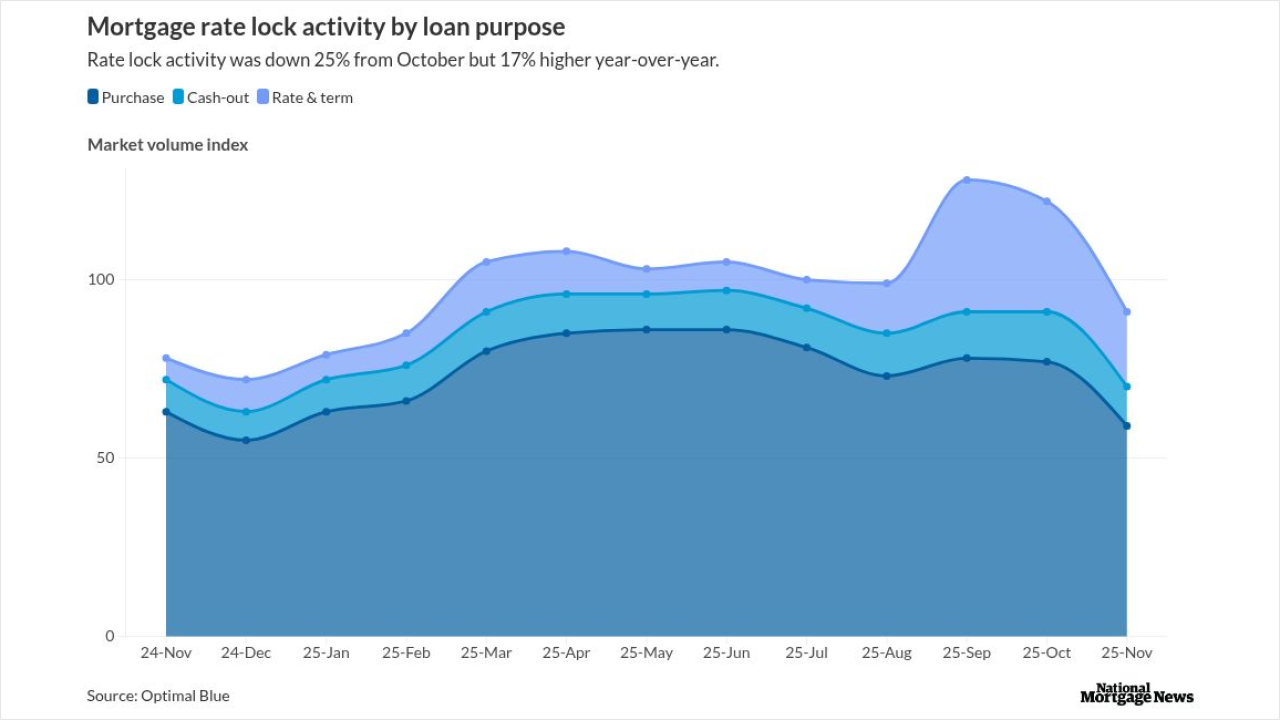Liability management exercises'(LMEs) 60% increase in April over the month before, as reported by
However, the number of out-of-court restructurings has increased significantly so far this year compared to last year, and the anticipated impact from tariffs may accelerate the trend.
While the notional dollars at risk are significant, said Winnie Cisar, global head of strategy at CreditSights, it pales in comparison to the amounts outstanding in U.S. and European leveraged debt markets.
"The move from $2.2 billion to $3.5 billion could be just one company," Cisar said.
Nevertheless, she added, there were 16 LMEs through March compared to only seven in Q1 2024, according to Covenant Review, CreditSights' sister company under the Fitch Solutions umbrella.
"That was before the peak volatility and negative economic sentiment even hit, so the trend in an uptick of these types of transactions is there and probably going to stay," Cisar said.
That suggests the number of LMEs in 2025 could surpass the record set in 2024, when the trailing 12-month count of out-of-court restructurings climbed throughout the year and peaked in December, Then, after dipping in the first three months of this year, it increased again in April, according to Pitchbook.
Jared Muroff, stressed/distressed research manager at Octus, a provider of credit information and analysis, said the Fifth Circuit Court of Appeal's Serta decision at the end of the year could be a factor in the first quarter dip. It nixed taking advantage of the open-market exception enabling non-pro rata terms among senior lenders to pursue so-called up-tier LMEs, the most common form of LME.
"Or it could be because of where the credit market was prior to the tariff messiness in the recent months," Muroff said, adding that several stressed companies were able to get refinancings done in the period—Bausch Health and Xerox Holding as examples—without resorting to aggressive tactics involving LMEs that might have been required in tighter markets.
LMEs on tap
A number of LMEs are reportedly bubbling, including a potentially significant cross-global one for Altice, a telecommunications service provider in the U.S. and Europe. Cisar noted that retail companies have struggled over the last decade, especially the leveraged firms. Rite Aid, for example, completed its second Chapter 11 filing in September 2024, less than a year after initially filing for bankruptcy. Meanwhile, Claire's Stores, the teen fashion and accessories retailer, filed for bankruptcy several years ago and more recently chose to defer interest payments on its debt, of which $500 million matures in December 2026.
Cisar said that loans originated in 2019 through 2021, when interest rates were low and underwriting standards were laxer are particularly problematic. Since then, economic expectations, cash flow and the cost of capital overall has changed significantly.
"When we look at the list of potentially distressed borrowers, consumer retail, gaming to an extent, and healthcare are the big ones," Cisar said. "But it's really a smattering of companies across a lot of sectors.




